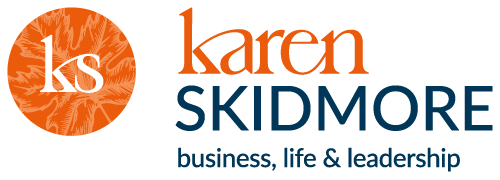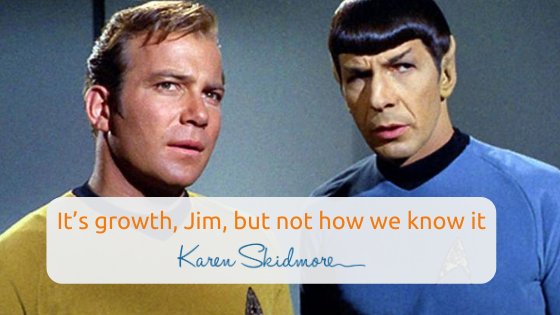One thing you may not know about me is that I am an economics nerd.
I took Economics A Level at school, which was the nearest thing I could study to business due to the limited range of topics on offer.
Even back in 1987, the growth models taught just seemed to be outdated. If countries were going to continue to use GDP (Gross Domestic Product) as a measure of growth, at what point would the charts stop working? You couldn’t just keep going up and up each year, could you?
And this frustrated and bored me, hence my disappointing D grade!
When Freakonomics came out in 2007, I couldn’t put it down. It re-ignited my love for the subject and I came back to exploring and questioning what economic growth meant. But I still couldn’t get my head around the way our economic growth was measured.
Then in 2018, a brand new economics book came out; Doughnut Economic; Seven Ways to Think Like a 21st-Century Economist.
Have you read it?
I’m guessing that unless you are an economic nerd like me, probably not. It’s a great book, but it’s not exactly one of the must-reads of marketing or business books. But for me, OMG … I couldn’t put it down. This was what I had hoped my A-Level course could have focused on when I was 17.
Kate Raworth changed the goal from GDP to Doughnut; identifying how mainstream economics has led us astray by obsessing over growth at all costs, to offering a new model that “brings humanity into a sweet spot that meets the needs of all within the means of the planet’.
OK, great. That all sounds amazing, yes … but what the heck has it got to do with the likes of you and me?
Well, everything IMO.
This backdrop of macro-economics has contributed to our current business culture; work hard to get more.
Do more to get more.
But the good news is that I’ve started to feel the shift.
And I hope you have, too.
These past few months have been a catalyst for so much change … yes, with all changes there is often much discomfort (and sometimes a lot of pain). But the changes feel hopeful; especially in our business culture.
I am witnessing growth in more ways than just money in the bank and numbers of clients in a Facebook Group. Yes, more money is still necessary to many of us. But I’m seeing growth being measured in time spent with family and friends; in our health and fitness; in the impact and difference we can make to people’s lives.
These growth measures are no longer only seen fit for our social enterprises, charities and not-for-profits. They are growth measures fit for our commercial businesses, and the likes of you and me.
And this is what I call True Profit.
True Profit places you, your impact and your wellbeing at the heart of your business, while still recognising the importance of profit and cash flow.
I’d love to know how you are planning to measure your growth over the coming year. Rather than counting pounds in your bank or numbers of clients in a Facebook group, what growth is vital to you?
Until next time, do less, be more and play bigger.

Books Referenced:
Freakonomics: https://www.amazon.co.uk/Freakonomics-Economist-Explores-Hidden-Everything/dp/0141019018
Doughnut Economics: https://www.amazon.co.uk/Doughnut-Economics-Seven-21st-Century-Economist/dp/1847941397
True Profit Business: https://www.amazon.co.uk/True-Profit-Business-without-burning/dp/1788600843/







